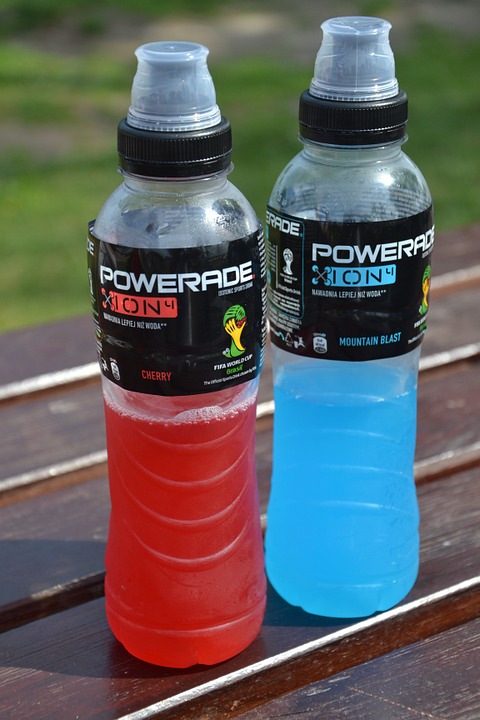Note that your final mark will not be saved in the system.
C3 Nutritional Strategies GapFill
You must fill all the gaps before clicking ‘Check Answers!’

Nutritional strategies can be implemented to achieve the aim of weight gain or weight loss programmes. To achieve weight loss, the individual must be in a state of energy balance; that is, an energy expenditure which outweighs energy intake. Diet can be adapted to achieve a positive energy balance by having a greater energy intake than expenditure. It is important that both of these are done gradually over time, as a dramatic reduction in energy intake could result in adverse health consequences such as mineral . Likewise, a dramatic increase in energy intake could promote unhealthy increases in body fat.
Nutritional strategies also play an important role in supporting the components of fitness needed to experience success in competition. These are known as ergogenic aids, and some of the most common examples are listed below.
- Carbohydrate loading – This is a strategy used in the days leading up to an event to maximise muscle stores. It is most commonly used in preparation for endurance-based activities where these stores become limiting towards the latter stages. A loading strategy would be to initially deplete the body of these stores, then consume a low- , high- diet over the next few days. Training intensity should be kept low, so as to promote fat metabolism. In the 2–3 days days prior to the event, intake should be elevated. This would attempt to trick the body into sparing during the endurance event.
- Energy gels or bars –These contain high amounts of carbohydrates that can be used before, during and after exercise. They have a fast absorption rate, meaning that is readily available for use as fuel by the body. In long-duration activities, they can be used to maintain concentrations, which will increase time to exhaustion and maintain exercise intensity. They are also effective when consumed immediately after exercise to make use of the elevated rate of glycogen resynthesis. However, they contain artificial ingredients and fruit can be just as efficient.
- Protein drinks – These are effective immediately after exercise, when the rate of muscle protein is elevated. This enhances the rate of recovery and growth, especially following resistance training. However, they often require artificial flavourings to make them palatable.
Sports drinks can also be used as a nutritional strategy for exercise. They are used to restore hydration following exercise and to prevent dehydration during exercise. Replacing water and lost primarily through sweat is important in preventing dehydration. Dehydration draws water from the blood plasma and causes it to thicken, reducing venous return and stroke volume during exercise. It is recommended that water intake is equivalent to 150% of the pre- to post-exercise change in body mass (assuming 1 kg = 1 L), including electrolytes such as sodium to aid fluid retention and carbohydrate to increase blood glucose. Sports drinks can be categorised into three types, dictated by their carbohydrate content:
- – These contain the greatest carbohydrate concentration (>8%). They also contain a high electrolyte concentration so are effective for restoring these post exercise. However, they are not the most ideal for replacing water lost.
- – These contain the lowest carbohydrate content (<4%) and so are more easily tolerated. However, if electrolyte losses are high during exercise, then they might not be the most effective method of enhancing hydration.
- – These are the most popular form of sports drink and contain 4–8% carbohydrates. They are designed to match blood glucose concentrations and so are effective in electrolyte absorption and hydration during and following dehydrating exercise.